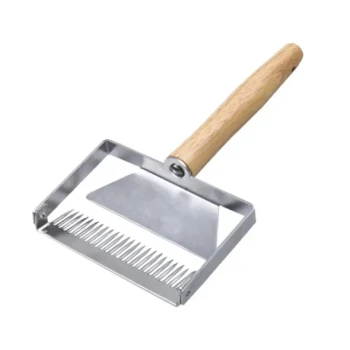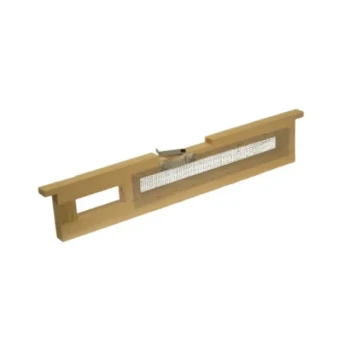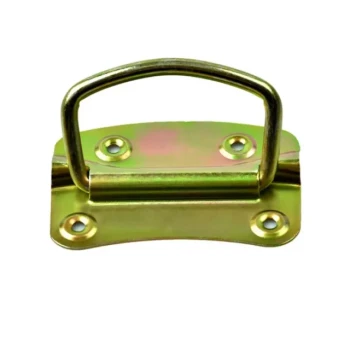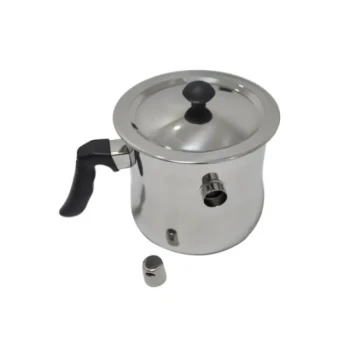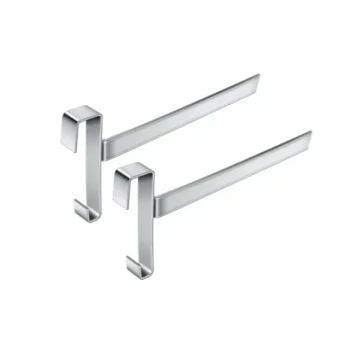For beekeepers battling Varroa mites, oxalic acid is a powerful and highly effective weapon. When applied correctly under the right conditions, it can achieve Varroa mortality rates between 90% and 97%. Its success, however, is not guaranteed and depends entirely on understanding when and how to use it.
The true effectiveness of oxalic acid is not just a number; it is entirely dependent on timing. While it excels at killing mites on adult bees, it cannot penetrate capped brood, making the hive's reproductive cycle the single most important factor for a successful treatment.
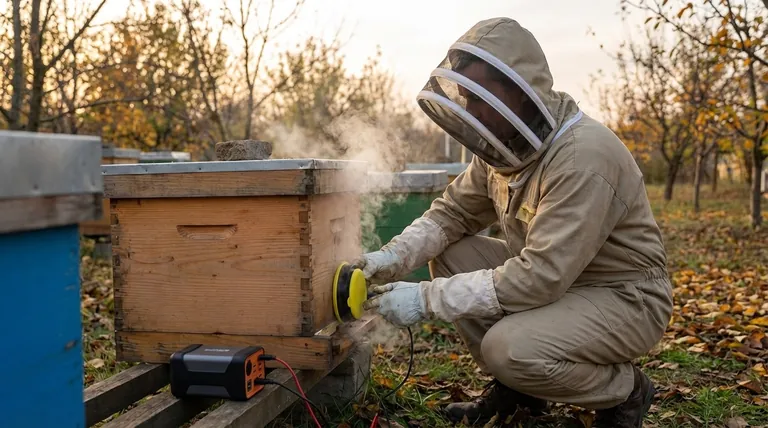
How Oxalic Acid Works Against Varroa
The Mechanism of Action
The most accepted theory is that oxalic acid is absorbed through the soft pads on the Varroa mite's feet.
Once absorbed, the acid enters the mite's bloodstream, proving lethal. This method of action is effective against phoretic mites—those attached to the bodies of adult bees.
The Critical Limitation: Capped Brood
Oxalic acid treatment is completely ineffective against mites that are reproducing inside sealed or capped brood cells.
The wax capping over the cell protects the mites, making them unreachable by either vapor or liquid solutions. This is the single most important constraint to understand when planning a treatment.
Maximizing Efficacy: Application Methods & Timing
The Drip Method
This technique involves mixing oxalic acid dihydrate with a sugar syrup solution. The beekeeper then drips a measured amount of the solution directly onto the bees clustered between the frames.
The Sublimation (Vaporization) Method
This popular method uses a specialized tool to heat oxalic acid crystals. The crystals turn directly into a vapor (sublimation) that fills the entire hive cavity, treating all bees simultaneously without fully opening the hive.
Some data suggests sublimation can achieve a slightly higher efficacy rate than the drip method.
Why Timing is Everything
Because oxalic acid only kills phoretic mites, its highest efficacy is achieved during a broodless period. This naturally occurs in many climates during late fall or winter.
If treatment is necessary while brood is present, a single application will only kill the mites currently on the bees. Mites emerging from capped cells days later will be unaffected. In these cases, multiple, carefully timed treatments are required to reduce the overall mite load.
Understanding the Trade-offs
Pro: An Organic and Residue-Free Option
Unlike some synthetic miticides, oxalic acid is an organic compound. It does not leave harmful residues in honey or beeswax when used correctly, which is a major benefit for both honey purity and colony health.
Furthermore, Varroa mites do not appear to develop resistance to oxalic acid, a common problem with synthetic treatments.
Pro: High Efficacy on Phoretic Mites
When mites are exposed on adult bees, oxalic acid is undeniably one of the most effective treatments available, with kill rates consistently exceeding 90%.
Con: Ineffective on Mites in Brood
This is the primary trade-off. Using oxalic acid requires a deep understanding of the mite and bee life cycles. A poorly timed application can give a beekeeper a false sense of security while the mite population rebounds from the protected brood.
Con: Application Requires Precision
The effectiveness and safety of oxalic acid depend on correct dosage and application. Overdosing can be harmful to bees. The necessary frequency of treatment can also vary based on climate and local pest pressure, requiring diligent monitoring from the beekeeper.
Making the Right Choice for Your Hive
A successful Varroa management plan uses the right tool at the right time. Your strategy for using oxalic acid should be determined by the state of your hive and your overall goals.
- If your primary focus is a single, high-impact treatment: Apply oxalic acid only when the colony is naturally broodless, typically in late autumn or winter, for maximum effect.
- If your primary focus is reducing mites during the active season: You must use a series of timed applications (e.g., once a week for three weeks) to target mites as they emerge from capped brood.
- If your primary focus is organic beekeeping: Oxalic acid is a cornerstone treatment, but it must be integrated into a larger Integrated Pest Management (IPM) plan that includes mite monitoring and potentially other organic methods.
Understanding the lifecycle of the Varroa mite is the key to unlocking the full potential of oxalic acid as a treatment.
Summary Table:
| Aspect | Key Detail |
|---|---|
| Primary Efficacy | 90-97% mortality on phoretic mites (mites on adult bees) |
| Critical Limitation | Ineffective against mites protected inside capped brood cells |
| Best Application Timing | During a natural broodless period (e.g., late fall/winter) |
| Common Application Methods | Drip Method, Sublimation/Vaporization Method |
| Major Advantage | Organic, leaves no harmful residues in honey or wax |
Ready to implement a precise Varroa mite control strategy?
Oxalic acid is a powerful tool, but its success depends on correct application and timing. For commercial apiaries and beekeeping equipment distributors, having a reliable supply of high-quality oxalic acid and application equipment is crucial for protecting your investment.
HONESTBEE supplies the beekeeping supplies and equipment you need for effective, large-scale mite management. We provide wholesale-focused solutions to keep your operations running smoothly and your colonies healthy.
Contact HONESTBEE today to discuss your supply needs and enhance your integrated pest management plan.
Visual Guide
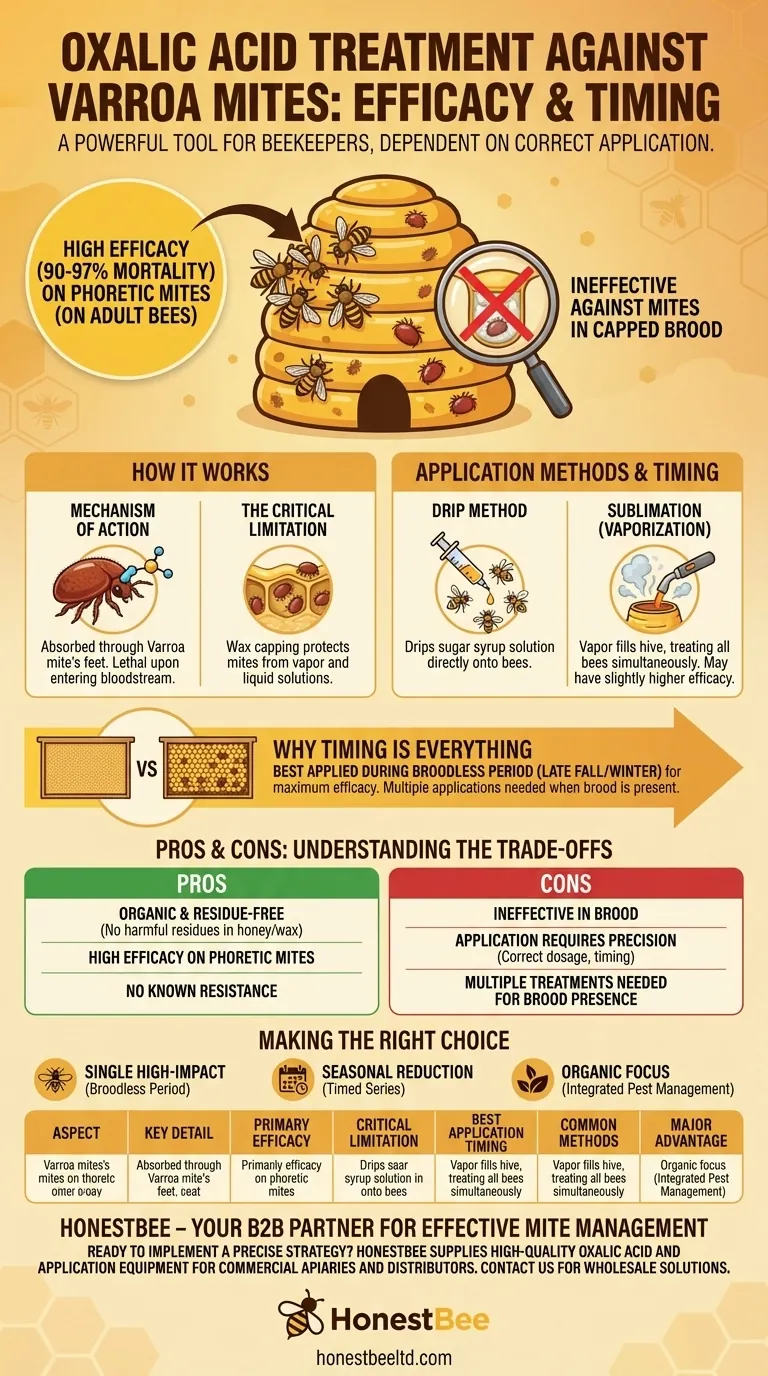
Related Products
- Adjustable Formic and Acetic Acid Dispenser for Bee Mite Treatment
- Economy Galvanized Beekeeping Honey Bee Smoker for Wholesale
- Professional Bee Smoker with Elongated Spout and Durable Bellows for Beekeeping
- Economy Small Scale Honey Dryer Dehumidifier Thickening Machine
- Wooden Queen Bee Excluder for Beekeeping
People Also Ask
- What should beekeepers do to manage varroa mites effectively? Adopt a Proactive Monitoring Strategy
- What does Chewed Down Brood (CDB) indicate in bee colonies? A Sign of Varroa Mite Infestation
- How can beekeepers ensure their hives survive the winter? A Guide to Colony Survival
- What are some common predators and pests that target beehives? Protect Your Hives from Bears, Mites, and Beetles
- What is the focus of hive management during summer? Maximize Your Honey Harvest with Expert Tips









